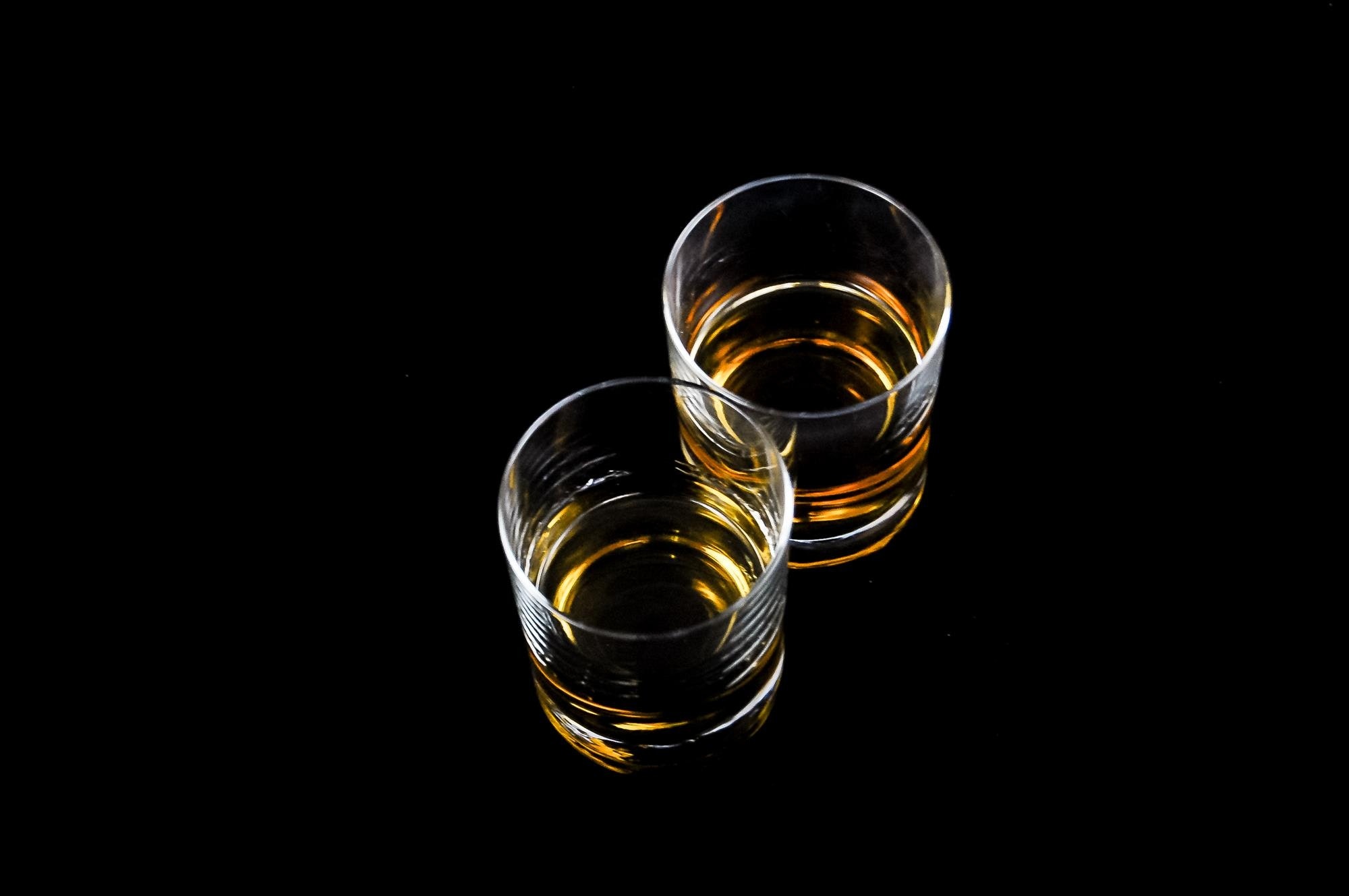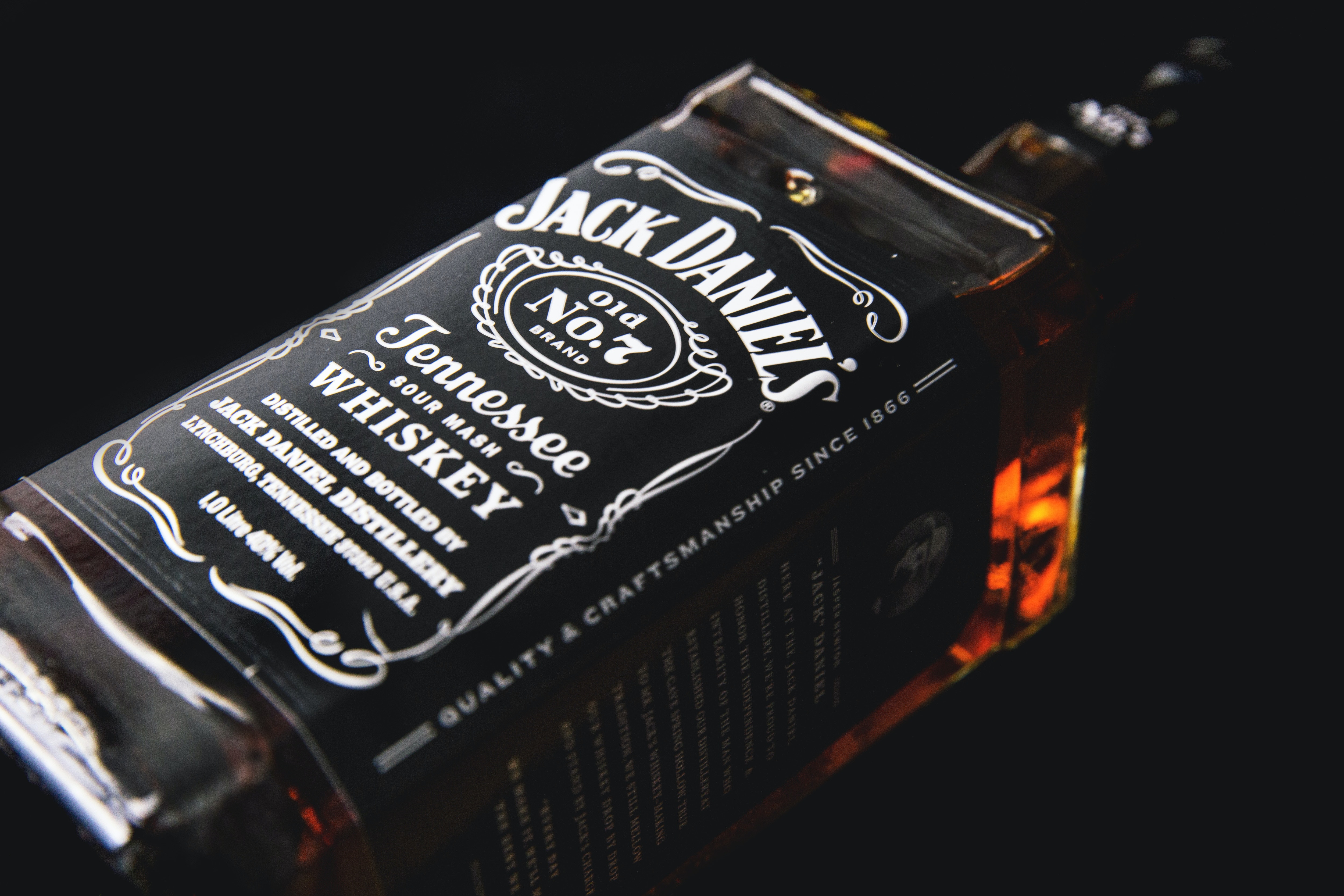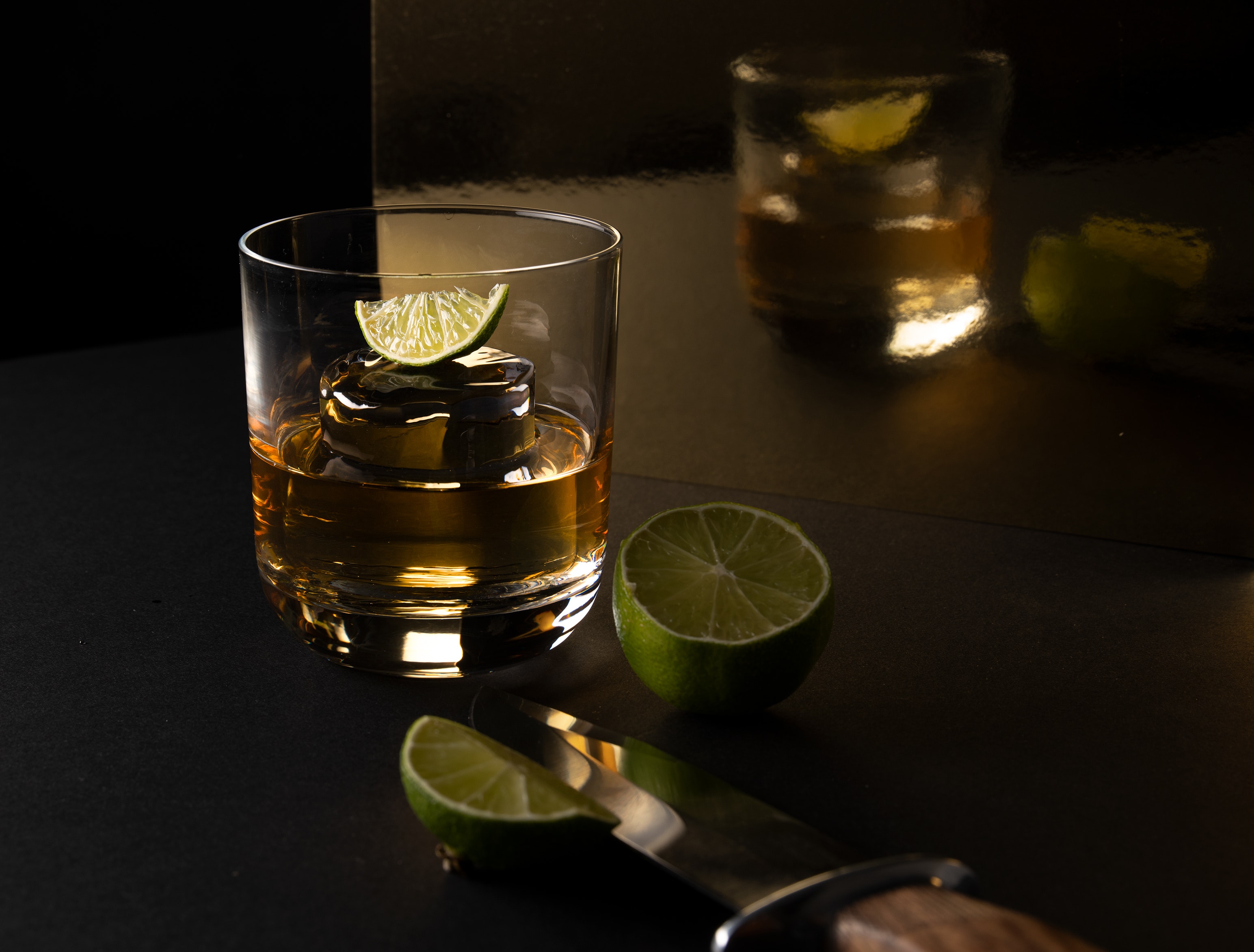
VERTU IRONFLIP: A Perfect Fusion of Intuitive Design and Heroic Colours
VERTU IRONFLIP, a folding screen mobile phone for high-end men, not only has the top technological configuration, but also the
Italian artist Valerio Adami never imagined that a bottle of Macallan he hand-painted in 1926 would sell for a staggering 8.6 million Hong Kong dollars at an auction.
In May 2018, this bottle of Macallan created a miracle for Scotch whisky. However, the historical record lasted only five months before being broken by another bottle of the same type.
In November 2018, a bottle of Macallan hand-painted by Irish artist Michael Dillon in 1926 was sold by Christie’s for 1.5 million US dollars.

Scottish whisky shone in the auction market in 2018, becoming the hottest alternative investment of the past year. In the annual Wealth Report by the UK consulting firm Knight Frank, it is said that 2018 was a transformative year for rare single malt Scotch whiskies. This special category of spirits has gradually been regarded as an investment of interest by high-net-worth collectors, and its popularity in Asia remains undiminished.
In Gaelic, whisky is known as “uisge beatha,” which means “water of life.” The Scottish people living in the cold northern regions rely on strong spirits to endure the harsh winters. Today, it has become the “golden water” sought after by wealthy merchants and the elite.

Before becoming a favorite in the auction market, Scotch whisky was already a hot seller worldwide. According to HMRC data, the total value of Scotch whisky exports in 2017 reached £4.36 billion, a year-on-year increase of 8.9%, breaking the 2012 record of £4.27 billion. The United States is the largest importer, followed by France, Singapore, Germany, and Spain.
Contrary to people’s stereotypes, whisky not only continues to thrive in the US and European markets but also performs well in the Asian market.
In 2013, whisky was about to face a market boom. Nole Shi Group took the opportunity to expand the whisky market in over 200 of its own bars in more than 50 cities. Data from that year showed that the consumption of single malt whisky reached 5,017 bottles. Two years later, sales soared, and the sales volume of this category in its own bars reached 94,762 bottles.
Scottish whisky has found success in the Asian consumer market, thanks to its unique approach to wealth creation. The industry has well-defined legal standards, and as an export product, it has a high level of self-discipline. In 1988, the “Scotch Whisky Act” was officially enacted, stating that pure Scottish whisky must be manufactured in distilleries located in Scotland, using only water and germinated barley as raw materials. The regulations also provide detailed specifications for the size of oak barrels, aging time, and the alcohol content before and after distillation. The Act also stipulates that Scotland only produces one category of whisky – Scotch whisky.
The brand promotion carried out by manufacturers in emerging markets has also laid a solid foundation for sales growth. Some British media have analyzed that in China, Scotch whisky is still considered a drink for the successful, and is even seen as a more high-end gift than baijiu. For example, high-end whisky brands such as Macallan are also moving towards a “luxury” positioning. When Asian buyers consider collecting whisky, they have already conducted in-depth research on the brands.

The success in the consumer market has ultimately paved the way for Scotch whisky to enter the auction scene. The selected wines for auction share the common characteristics of “high quality, low production, and scarcity.” For example, the 1926 Macallan has long held a legendary status in the collection world. This bottle of wine, which broke the auction record, has a history of 60 years. Although it was also mass-produced, only 40 bottles of this variety were produced at that time. The distillery’s “limited supply” policy to ensure quality has inadvertently created a new investment market.
Connoisseurs who pay attention to detail have also developed a special habit in this process: buying three bottles at a time, one for collection, one for personal consumption, and one for sharing.

Major auction houses have also sensed the enthusiasm of Asian nouveau riche for Scotch whisky. On May 24th and 25th, Christie’s Hong Kong Fine Wine Department held its first whisky special auction, with the on-site transaction amount far exceeding the estimated price. Among them, a set of 10 bottles of Macallan single malt vertical set from 1960 to 1969 won the highest bid.
In Knight Frank’s 2019 Wealth Report, the “Rare Whisky 100 Index” rose by 580% year-on-year. This has directly driven the direct flight route between Edinburgh and Beijing, while the annual sales volume of whisky in India and China has increased by 40%.
Although Asian buyers’ interest in whisky is on the rise, the first-tier consumers are still the United States and Europe. China and India, as emerging markets, have not yet fully exerted their strength. If the development of things has four stages, the whisky auction market is still in the transition from the primary to the mature stage.
The current consumer age group is relatively young, around 35 to 45 years old, and it is difficult to distinguish between enthusiasts and investors. However, in terms of region, South China is the key market for whisky. As a brand landing point, the market penetration rate in South China is high.
If we say that market penetration has brought whisky from the dining table to the auction house, its other impact is to attract capital to play new tricks. Japanese whisky is a typical example.
Jim Murray mentioned in the whisky bible “Whisky Bible” that the best whisky of the year (2015) was won by the Japanese Yamazaki single malt whisky 2013, pushing Scotch whisky off the pedestal.
A bottle of Yamazaki 50 years old was priced at $9,000 when it was launched in 2005, but now it has been sold at a high price of $343,000, with an investment return rate of 3800%.
In auctions, collectors often place great importance on rare, out-of-print items. However, industry insiders express skepticism about whether out-of-print whiskies are truly worth pursuing.
Out-of-print whiskies are mostly purchased by independent bottlers who buy single casks from distilleries and then bottle and release the whisky themselves. In contrast, most Scotch whiskies are OB (Official Bottle) whiskies, bottled and released by the distilleries themselves, with all production processes completed at the distillery.
Some people believe that the latter has a higher value because independent bottling can cause flavor variations in whiskies of the same age, while official bottling does not have this variation.

The surge in popularity of Japanese whisky has also stirred up the public opinion in Japan. Many experts question the concept of “scarcity,” believing it to be just a gimmick, while others challenge the traditional notion that “older is better.” When the spirits market is down, aging becomes a gimmick, but when the market is booming, people start to care about the craftsmanship and taste.
As an alternative investment, whisky investment is not without risks. The Knight Frank Rare Whisky 100 Index (KFR100) tracks the auction prices of 100 rare Scotch whiskies in the UK. This index grew by nearly 40% in 2018, but 21 of them did indeed depreciate.
As the “liquid gold” in the investment circle, whiskey has also raised doubts: Do the buyers who bid for whiskey at astronomical prices really drink the auctioned item?
In fact, there are very few whiskey enthusiasts willing to spend a lot of money to bid, instead, most buyers regard whiskey auctions as art investment. The value of art lies in exhibition and collection, and the astronomically priced whiskey will inevitably depreciate after opening, which seems to be the most paradoxical aspect of whiskey as an art investment.